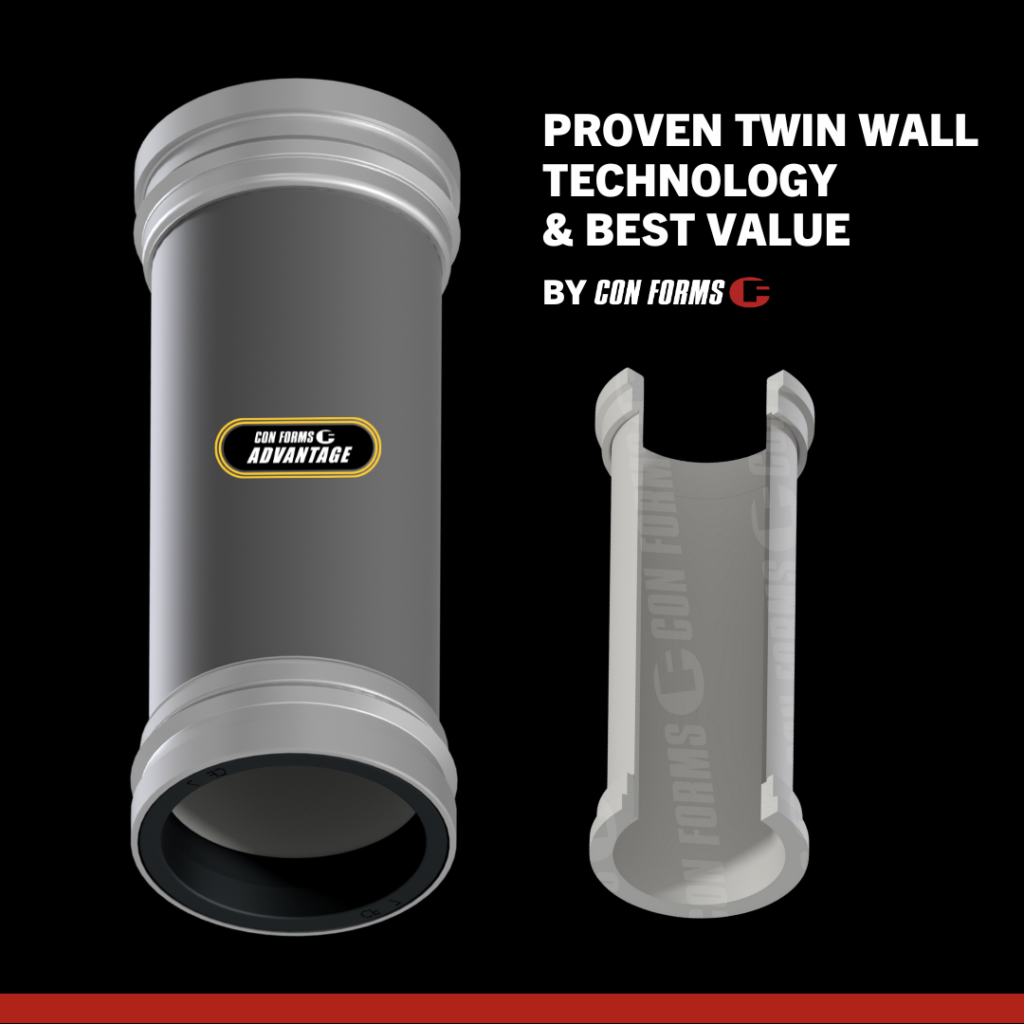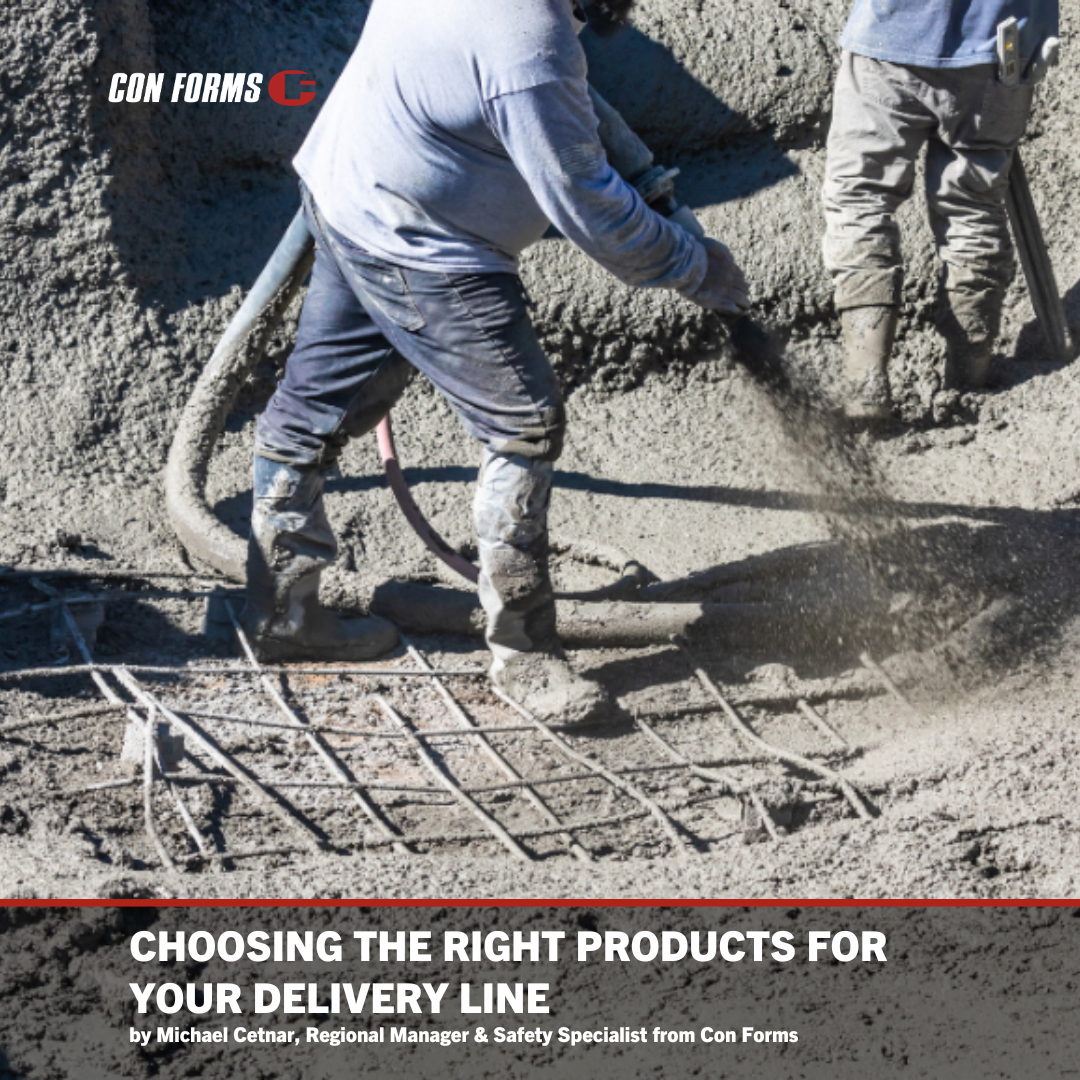The Spring 2024 issue of the ACPA’s Concrete Pumping magazine is available online. It is the most informative publication in the industry and available to all, with or without an ACPA membership.
This issue includes:
- A detailed look into a residential tower project in British Columbia, Canada, poured by AJ’s Concrete Pumping from Richmond, B.C.
- An article about maximizing the return on your labor costs
- Plus, check out the article featuring Con Forms Regional Manager & Safety Specialist Michael Cetnar covering important details about selecting twin wall pipe for your placing boom
Please take a look and contact Con Forms directly if you would like to talk more about single or twin wall boom kits for your placing systems.








